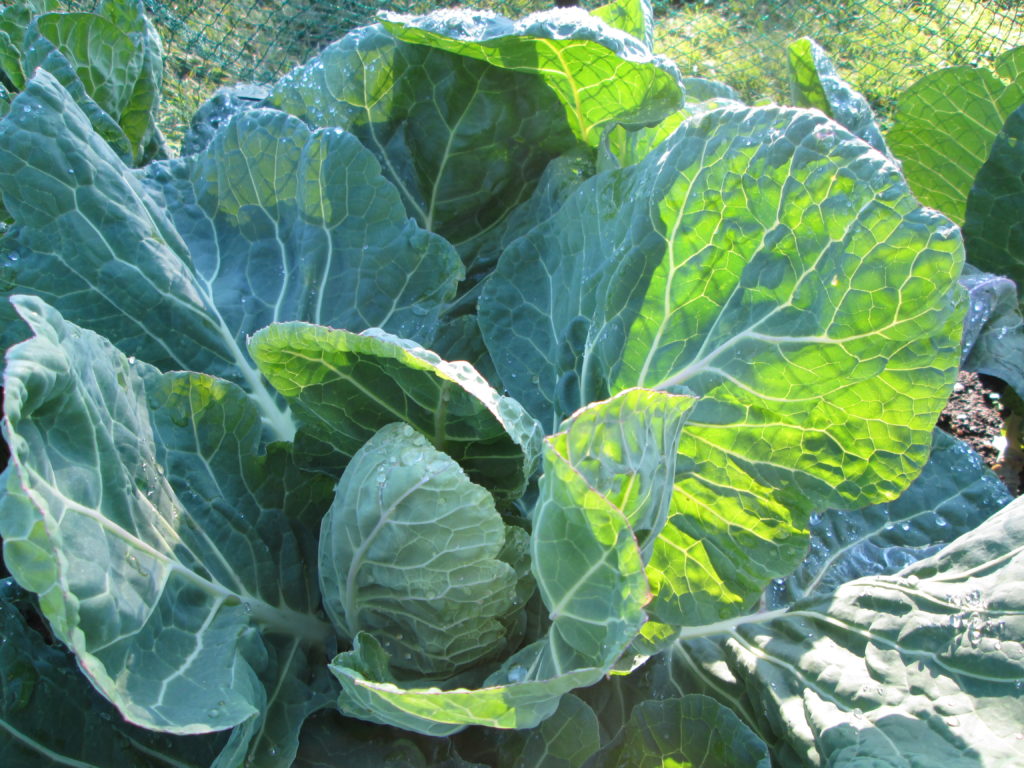
Winter does not mean that it’s time to get out of the garden. In fact, there is plenty still to be done at this time of year. See our hints and tips below to round off your year and begin thinking ahead to next year!
November, December, January, February
- In the winter plant growth slows to a halt
- Winter harvests require careful planning earlier in the year
Sowing and planting
- Most seeds won’t germinate in the winter. There are a few exceptions:
- Hardy broad beans and peas can be sown in November or late February/March
- Sow onion seed in an unheated greenhouse (February)
- Plant garlic in October/ November or February/March
- Left over seeds of many crops such broccoli, basil, celery and rocket can be sprouted on windowsills to produce ‘microgreens’ (http://www.rhs.org.uk/Children/For-families/Grow-it!/Micro-greens)
Harvesting
- Crops sown earlier in the year can provide harvests, such as parsnips, swedes, brassicas, winter salads and oriental greens
Planning
- Plan next year’s plot, research and decide what to grow
- Reassess last year’s design in light of successes and failures
- Order seed, seed potatoes and onion sets
Preparation
- If necessary dig over beds when they are not frozen
- Add organic matter and mulch
- Cover bare soil with black plastic to warm before early spring sowings
Other tasks
- Maintain tools
- Make leaf mould. Construct a chicken wire cage and fill with leaves, water them and leave for 2 years to decompose
- Watch out for overwintering slugs and snails
- Clean and clear out polytunnels, greenhouses, cold frames, pots and containers
- Clear snow off polytunnels and other garden structures to prevent damage
- Stake brassicas and taller plants to prevent wind damage
- Check any stored vegetables regularly for rot
The Edible Gardening Project is kindly supported by players of the People’s Postcode Lottery.
